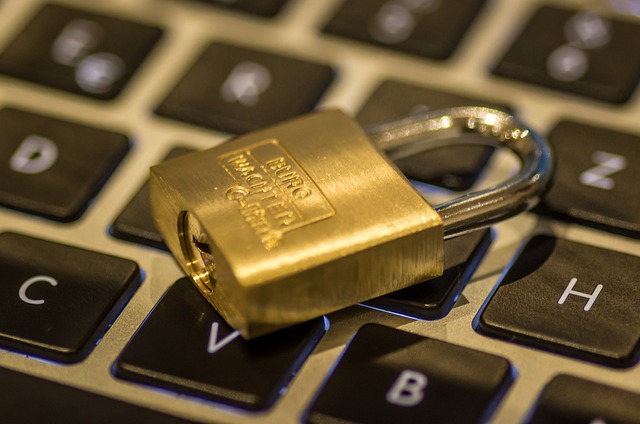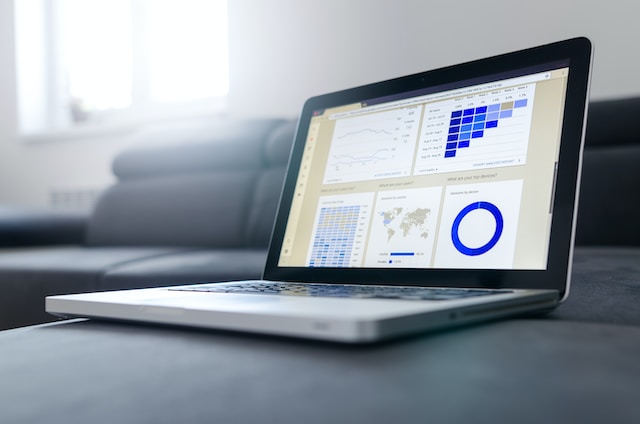Fortinet Acquires Next DLP Strengthens its Top-Tier Unified SASE Solution
Read the release
Companies operating in the U.S. that collect and process the personal data of European Union (EU) citizens need to comply with GDPR. Complying requires an organization to protect this data. We are going to look at five technical controls for GDPR compliance that all companies subject to the regulations should consider implementing.
In this post, we’ll discuss:

Photo by George Milton via Pexels
Failure to comply with GDPR data privacy and security standards can subject an organization to serious financial jeopardy.
Each EU member state has an independent data protection authority (DPA) that investigates GDPR violations and imposes fines. Large fines have recently been levied against Meta, Amazon, and Google for various violations of the regulations.
While these large companies may be able to withstand the financial burden of these fines, smaller organizations can be crippled and forced out of business.
When an organization decides to market products or services to EU citizens, it needs to understand the dangers of not complying with GDPR. Not taking the necessary steps to protect the personal data they collect is reckless and puts the company and the individuals whose sensitive information is being processed at risk.
GDPR Article 32 specifies the broad technical and organizational controls required to maintain compliance.
Unlike some other data privacy and security standards such as PCI-DSS, GDPR does not explicitly state the specific technology that must be implemented to conform to the regulations. Companies have some discretion as to how they choose to protect the personal and sensitive data covered by GDPR.
The following technical controls are not an exhaustive list of the methods organizations can use to comply with GDPR standards. However, they are some of the most important and impactful measures that a company can implement to achieve GDPR compliance.
Identity and access management is crucial in controlling the individuals who can interact with the data subject to the GDPR. Only authorized users should be able to access this information for well-defined business purposes.
Access privileges should be closely monitored to ensure there is no chance of unauthorized users viewing or using the protected data.
A data loss prevention solution enforces an organization’s data handling policies. Companies need to explicitly define who and what processes can be used with data protected under GDPR. The creation of an effective data handling policy is a prerequisite for implementing DLP.
A viable DLP solution will automatically perform functions such as encrypting sensitive data before it is transmitted or forbidding unauthorized users from accessing or printing specific files. DLP can help ensure that protected data is not mishandled either accidentally or deliberately to cause a data breach.

All GDPR data should be encrypted to preserve its privacy and security. Ideally, end-to-end encryption should be implemented with data being encrypted at rest and in transit. At a minimum, sensitive information should always be encrypted before transmission to avoid it being compromised by threat actors.
Encrypted data involved in a data breach is worthless to malicious entities and will not be the cause of a GDPR violation. Unencrypted data accessed by threat actors can be the reason for substantial fines enforced against the victimized organization.
Pseudonymization is a process that involves the de-identification of the association of data elements with a particular data subject. It removes personally identifiable information from data sets to minimize the loss of personal data in the event of a data breach. GDPR advises organizations to practice pseudonymization to protect personal data.
Monitoring of an organization’s IT networks and systems is required to identify potential intrusions that may indicate a threat to GDPR data. Implementing a solution that performs continuous monitoring and threat detection is a critical component of achieving GDPR compliance.
Without adequate monitoring and detection in place, a company is virtually inviting hackers to attack its data resources.

Photo by Lukas Blazek on Unsplash
The last year has been an exciting time for Next. We thought it would be helpful to provide a roundup of a portion of the work our product and engineering teams have delivered this year (so far!).https://t.co/FgpFORtO4L#Reveal #InsiderRisk #DLP #DataProtection
— Next DLP (@Next_DLP) June 19, 2023
A DLP solution is one of the most effective technical controls for GDPR compliance.
Next offers a reliable and advanced DLP solution that promotes GDPR compliance while protecting an organization’s other valuable and sensitive data resources. The tool is designed to protect a company from insider risk while protecting its valuable data and educating its workforce.
The Reveal Platform by Next is a cloud-native solution built with today’s technology. It provides machine learning-powered endpoint agents that protect data resources without requiring connection to a separate data analysis engine.
Reveal also offers user training at the point of risk that protects data assets and helps build a security-conscious workforce that understands how GDPR data can be used.
Call Next and schedule a demo of this valuable tool. You’ll quickly discover the benefits of Reveal for GDPR compliance and for protecting all of your other valuable data.
Yes, a firewall can be a component of a comprehensive monitoring and threat detection solution. When using a firewall, it is important to keep the configuration updated with the latest threat information to keep known risks out of the IT environment. Firewalls should also be implemented on mobile devices that access GDPR data.
A GDPR-focused data handling policy defines how the protected data is used throughout an organization. It establishes guidelines for who can view or access data, which systems can be used in its processing, and if it can be transmitted to other users. A DLP tool is an excellent method of enforcing a GDPR data handling policy.
Pseudonymization eliminates the association of data elements with a specific individual, making it impossible to use the information to identify them. The effective use of pseudonymization combined with encryption protects personal data and makes it useless to hackers if it is compromised in a data breach.

Blog

Blog

Blog

Blog

Resources

Resources

Resources

Resources

